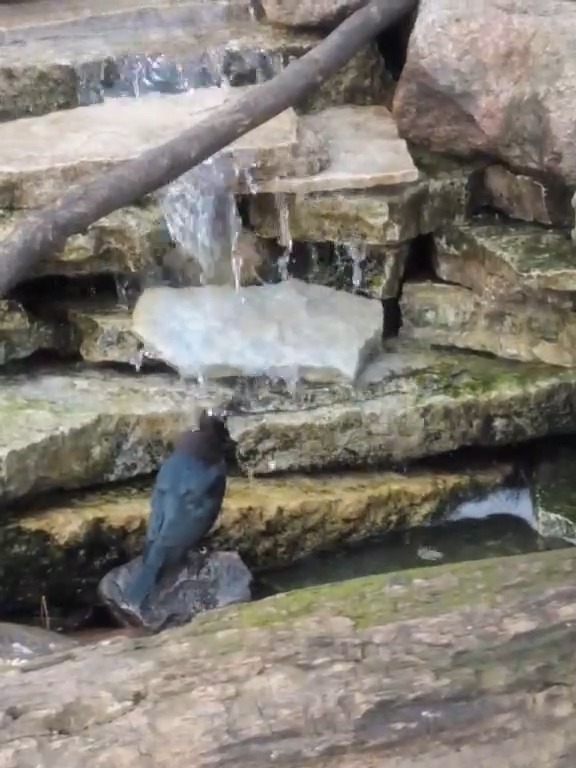- Celebrate the astonishing journeys of migratory birds, highlighting their global travels for breeding, feeding, and raising young.
- Explore the ecological role and behavior of the brown-headed cowbird, including its brood parasitism.
- Discuss the diversity of migratory bird species hosted by Cosley Zoo and their significance.
- Detail the importance of providing natural spaces, native plants, and safe habitats for these avian travelers.
- Highlight wildlife conservation efforts and strategies to support migratory bird populations.
Migratory birds are remarkable avian travelers that embark on epic journeys each year, covering thousands of miles across continents in search of optimal breeding, feeding, and resting habitats. These annual migrations serve as a striking reminder of the interconnectedness of our world, with various ecosystems intricately linked through the presence and movements of these birds. Their journeys are not only feats of endurance but also crucial ecological phenomena, impacting biodiversity and ecosystems across the globe.
One of the fascinating species observed at the Cosley Zoo in Illinois is the brown-headed cowbird. This bird is notorious for its brood parasitism – a behavior where the female cowbird lays her eggs in the nests of other bird species. This strategy involves leaving the care and rearing of their young to unsuspecting host birds. This intriguing behavior sparks widespread interest among both bird enthusiasts and researchers. Despite its seemingly opportunistic nature, this adaptation allows cowbirds to dedicate more energy to foraging and reproduction, ensuring the propagation of their species.
Cosley Zoo serves as a haven for a diverse array of migratory birds, offering crucial habitats during their journeys. Illinois, rich in natural diversity, attracts numerous migratory species that depend on its ecosystems throughout the year. These birds not only add vibrancy and life to the zoo but also play significant roles in their respective ecosystems. For example, they help in seed dispersal, insect population control, and contribute to the pollination of various plant species.
Offering safe and supportive environments for migratory birds is essential. Providing natural spaces filled with native plants can create ideal resting places for these birds. Vegetation, water sources, and protected areas are crucial for ensuring that migratory species have the resources they need during their brief, yet critical, stopovers. Native plants are especially important as they offer food and shelter that these birds have evolved to rely on.
Conservation efforts to support migratory bird populations involve collaboration among governments, organizations, and the public. Protecting and restoring natural habitats, implementing bird-friendly policies, and raising public awareness are critical strategies. Ensuring migratory birds have safe passage and the resources needed for survival is a shared responsibility. By fostering environments that nurture their needs, we contribute to sustaining biodiversity and the ecological health of our planet.
The incredible journeys of migratory birds epitomize nature’s interconnectedness and resilience. As witnesses to their incredible travels, it becomes clear that our efforts to support and conserve these species have far-reaching implications. Understanding, protecting, and celebrating these feathered travelers ensures that future generations will continue to marvel at and learn from the wonders of avian migration. Engaging with these efforts can transform our appreciation of nature into active stewardship, enriching both our ecosystems and our communities. Through mindful conservation and habitat restoration, we forge vital connections that sustain migratory birds and the natural world they traverse.
*****
Source Description
We are celebrating the incredible journeys that migratory birds take every year—flying thousands of miles across continents to find the perfect places to breed, feed, and raise their young. These feathered travelers remind us just how connected our world truly is!
Here at Cosley Zoo, we’re lucky to host a variety of migratory bird species that call Illinois home throughout the year. One of which is the brown-headed cowbird!
Did you know that brown-headed cowbirds are brood parasites, meaning they lay their eggs in the nests of other birds and rely on those birds to raise their chicks. It’s a unique strategy that’s sparked lots of curiosity among bird lovers and researchers alike.
By providing natural spaces, native plants, and safe habitats, we can help provide a safe resting place for birds who are passing through!


